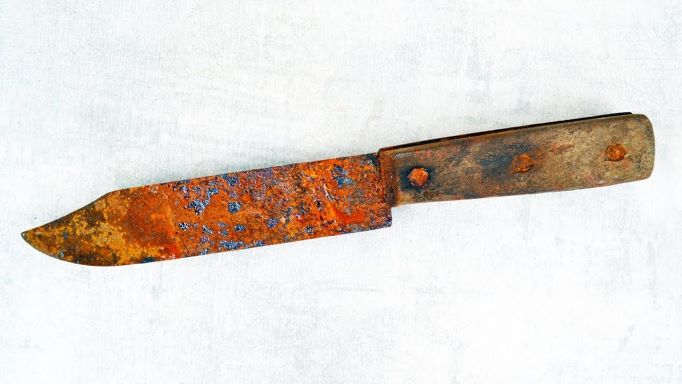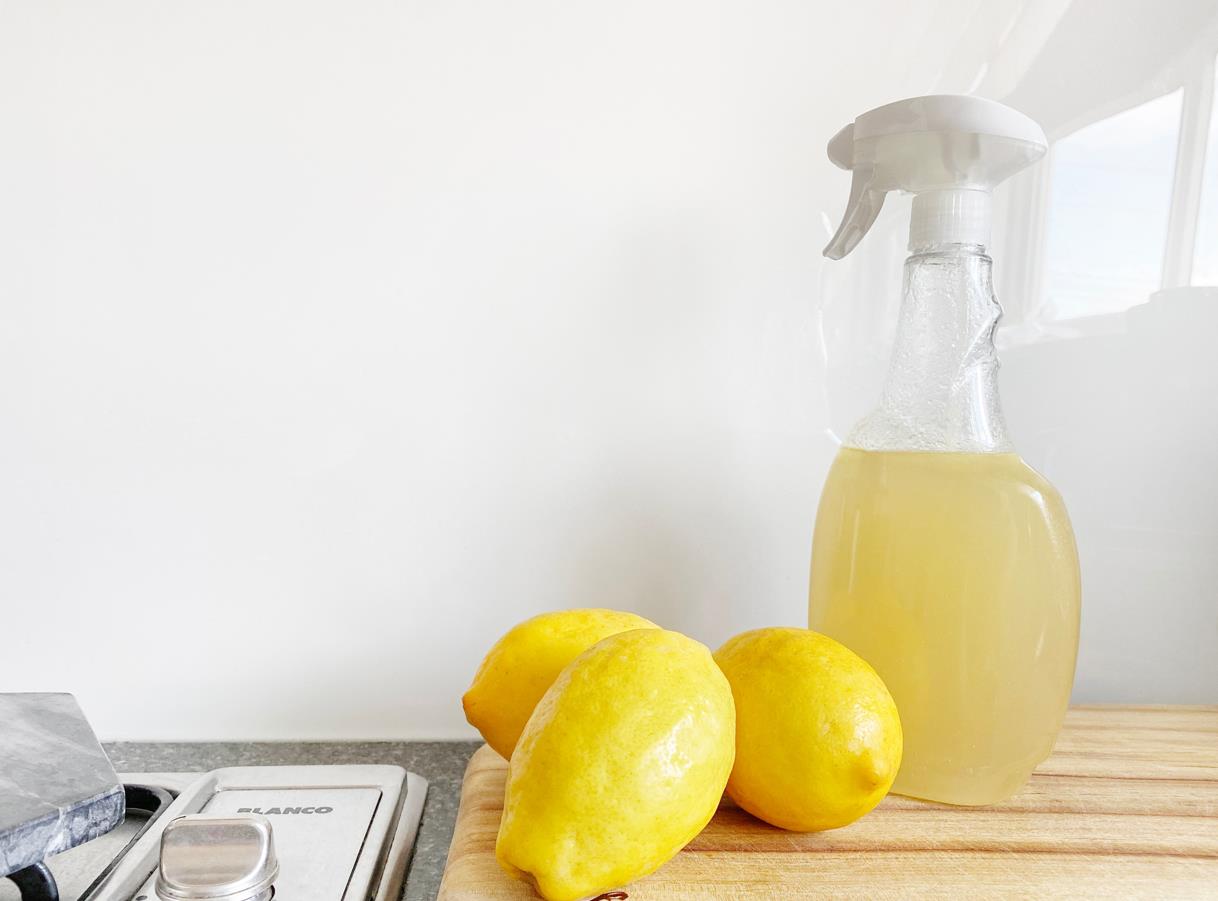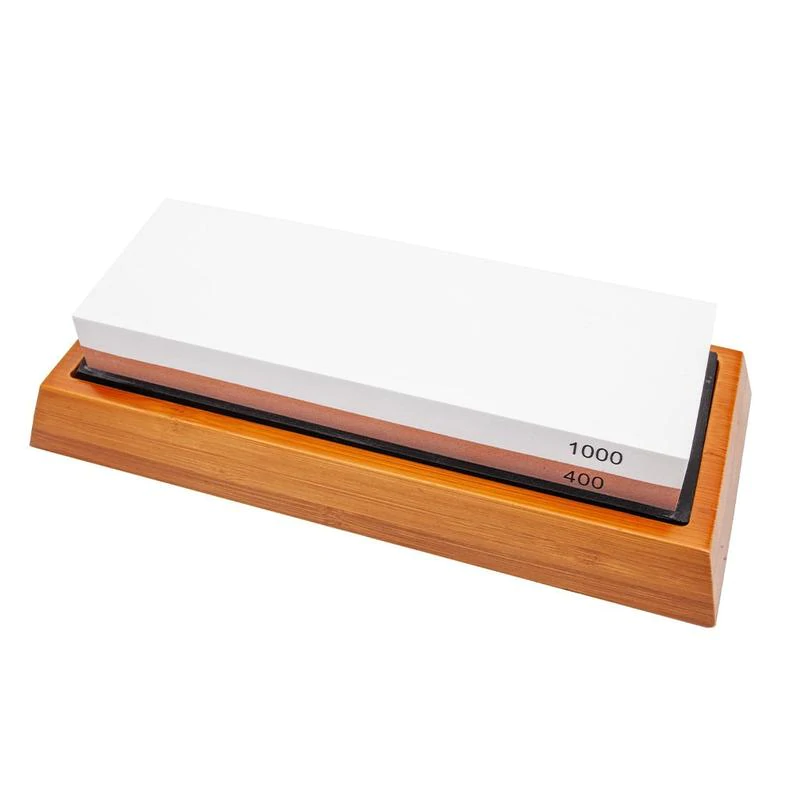Many people underestimate the power of having the right knife in the kitchen. It might surprise you to know that you’re a carbon steel knife away from cooking a 5-star meal hotel at your home.
The precision that you get when using a carbon steel knife is different from other knives. However, caring for a carbon steel knife can be very daunting without the right tips.
In this blog post, we’ll be giving you simple carbon steel knife care tips, but before that, it’s important to know what carbon steel is to understand why the tips work. So here you go;
Carbon steel is an alloy of iron with a carbon content of 0.6% or higher. It makes a carbon steel knife much sharper than other steel knives, but also more susceptible to rust.
Now that that’s out of the way let’s get to the nitty-gritty of carbon steel knife care.
Table of contents
What will cause a carbon steel knife to get dull?

There are many reasons why carbon steel knives can appear dull, but the most common reason is the formation of rust. Now you probably know that rust is Iron (III)oxide, but how does it form on your knife? The short explanation is the iron on your blade reacts with oxygen and moisture in the atmosphere to form rust.
It’s easy to confuse rust for patina. Note that rust speeds up the corrosion of your knife and destroys it. Therefore, it should be removed immediately (more on this later). Rust forms a thick orange-brown layer on your knife.
On the other hand, patina is a thin layer formed as a result of oxidation when the iron from your steel blade reacts with oxygen to form iron oxide. This gives your blade a black or grey discoloration.
Unlike rust, the patina protects your knife from further oxidation, which makes it more corrosion resistant. Many people speed up the formation of patina by dipping the blade in coffee or applying a layer of a mixture of mustard and vinegar.
How to remove rust off your knife
If you’re late to the party, and your knife already has rust, it probably feels like the end of the road. Fortunately, it’s not. There are actually several ways to remove rust from your carbon steel knife to get its shiny & smooth surface back.
Here are some of our favorites.
Method 1: Vinegar
It somehow seems like vinegar is always saving the day in my kitchen. Dirty cooker? Use vinegar. Rusting blade? Use vinegar.
- For the latter, pour vinegar into a large bowl that your knife can fit in (you can also use a wide pan).
- Soak the blade or the whole knife for at least five minutes, and scrub the rust using steel wool with some elbow grease.
- Lastly, rinse the knife with soap and water, and dry it.
Method 2: Baking soda
This is another excellent way to remove rust from your carbon steel blade, but it mostly works for light rust.
- Start by wetting the rusted area with water and sprinkling some baking soda on it. Once enough baking soda has stuck on the blade, shake the knife to remove the excess powder.
- Allow the paste to rest for at least 30 minutes, and then use a wet scrub to remove the rust.
- Rinse your steel knife with water and dry it thoroughly.
Method 3: Metal glo polishing paste
This is a chemical solution that helps in removing even the most stubborn and old stains. It’s compatible with carbon steel, silver, copper, and other metals.
To remove the rust, apply a few drops of the solution on a microfiber cloth, and use the cloth to rub your knife in a circular motion.
Method 4: Lemon juice

Lemon juice is another great idea of removing rust from your blade as its citric acid dissolves the rust. Simply cut a lemon into half, rub it on the stain, and then scrub it off after two hours. You can add salt to the lemon for stubborn stains.
Method 5: Potato
Yeah, I’m not tripping; you can use potato and dish soap to remove rust from your knife. Potatoes contain oxalic acid, which is a primary ingredient in most cleaning solutions.
- To remove rust using a potato, cut one into half, and apply dish soap on the cut section.
- Next, sprinkle baking soda or salt on the potato. The baking soda or salt works as a mild abrasive to thoroughly scrape the rust off as it dissolves.
- Rub the rusted area with the potato, and then rinse your knife.
Tip: If your knife still has some rust, repeat the method you used until you see results. Sometimes it takes 3-5 times to get the shiny surface depending on the size and nature of the stain.
How to sharpen your carbon steel knife
One of the greatest strengths of using the carbon steel knife is that it stays sharper than stainless steel knives.
However, you need to maintain a sharpening routine in a monthly basis, and you gotta do the sharpening correctly.
Here are the easy steps on how to go about it.
Step 1: Get a Whetstone.
Step 2: Slide your knife on the sharpening stone from the heel to the tip in a 20 degree angle. Repeat this 3-7 times.
Step 3: Repeat the motion on the other side of the blade equal times.
Step 4: Test to see if your knife is sharp. If not, repeat steps 2 and 3 until you get the desired results.
Handpicked for you
True cutting power in the palm of your hand
How to clean your carbon knife properly
To clean your carbon steel knife, you’ll need warm, soapy water and a soft cloth. Note that is just a general cleaning routine for a carbon steel knife. Use the cloth to wash your knife in soapy water, and avoid putting your knife in a sink full of dishes.
Also, although some manufacturers say it’s okay to use the dishwasher, I stick to hand washing my carbon steel knives and I suggest you do the same.
Another great maintenance tip is to wipe your carbon steel knife using a clean cloth as you cook. This is especially important when cutting acidic foods such as tomatoes and lemons. It does feel tedious at first, but it protects your blade from rusting.
How to store carbon steel knives
After cleaning your knife properly, you have to be very careful with how you store it.
But before you even think of where to store your carbon steel knife, make a habit of oiling its blade after cleaning. This helps in avoiding rust and keeping the blade smooth and shiny.
We recommend using mineral oil, as other oils become really sticky over time. When it comes to storing your knives, I know you probably have a knife block.
Well, I hate to be the bearer of the bad news, but you got to get rid of it. A knife block is not only a breeding ground for bacteria but a rusting factory too. Since most people have no time to wipe the knives thoroughly before storage, the knives end up rusting.
Instead of using a knife block, consider using a plastic sheath or magnetic knife strip to store your knives.
If you have to put your knives in a drawer with other utensils, ensure you wrap them with a paper towel or cloth to avoid contact with moisture that can lead to rusting.
Conclusion
Carbon steel knives were chosen by professional chefs for a reason. They’re easy to sharpen, they stay sharper for extended periods, and their precision is like no other.
However, these great advantages come with great responsibility. You need to take good care of your carbon steel knife in order to make it long-lasting.
Check out our website if you are searching for a high quality high carbon steel knife, your knife needs are our primary concern.













